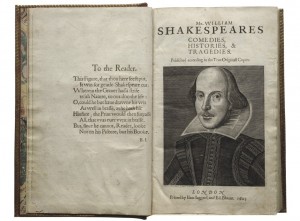Lucy Burns is a PhD candidate in English and American Studies at the University of Manchester. Her thesis is on Black Mountain College and postwar American poetry, with a focus on the relationship between poetry and psychology, and the development of the creative writing program. She is an assistant editor at the Manchester Review, the online journal from the Centre for New Writing at the University of Manchester. Lucy was awarded a Strochlitz Travel Grant to further her PhD research in the Charles Olson Research Collection in Archives and Special Collections.
In May I was fortunate enough to spend a week with the Charles Olson Research Collection at Archives and Special Collections in the Thomas J. Dodd Center, principally examining the unpublished correspondence between Charles Olson and Henry Murray. This seemingly unlikely link between Olson, the larger-than-life poet turned pedagogue and rector of experimental arts college at Black Mountain – and Murray, a personality psychologist and director of the Harvard Psychological Clinic – is the focus of my current research, through their concurrent work on projection and the projective: Olson’s “Projective Verse,” a poetics essay published in 1950, and Murray’s projective psychological test, the Thematic Apperception Test (TAT).
This link between Olson and Murray has previously been neglected: Tom Clark’s biography of Olson brackets Murray’s influence to his Harvard years when Olson was a PhD candidate on the new American Civilization program [1], while Olson scholarship tends to reference Murray in terms of their shared interest in Herman Melville (Olson’s study, Call Me Ishmael was published in 1947, while Murray’s introduction to Melville’s Pierre; or, The Ambiguities was published in 1949). Forrest G. Robinson’s excellent biography of Murray also gives very little space to Olson, and figures their relationship as a practical and limited one. [2] Even George F. Butterick, the first curator of the Charles Olson Research Collection, long-time editor of Olson’s work, and author of the definitive Guide to the Maximus Poems of Charles Olson, dismisses any significance in Murray and Olson’s concurrent uses of projection and the projective:
“Not insignificantly, it [the Thematic Apperception Test] is also known as a “projective” test although Olson experienced it after his well known “Projective Verse” essay was already in press, so there probably was no connection.” [3]
My research considers not only the extent to which the relationship between Olson and Murray’s work has been overlooked, but the ways in which a link between projective verse and the projective test may provide new ways to read both Olson’s writings and his interdisciplinary curriculum at Black Mountain College. This current work on the Olson-Murray correspondence thus forms part of my wider research into the shared networks of American poetry and psychology, and, building on Mark McGurl’s work on the postwar fiction program, how these networks may have informed or shaped the postwar poetry program. [4]
Sixty-eight letters survive from Murray and Olson’s near twenty-year correspondence; fifty-nine of these are held at the Thomas J. Dodd Research Center, while the Henry Murray Papers at Harvard University Archives holds nine. The correspondence spans several key events in both men’s lives: Olson’s departure from Cambridge and the PhD program, his Guggenheim Fellowship, and his move to Black Mountain College; the end of Murray’s directorship at the Harvard Psychological Clinic and the start of his work for the Office of Strategic Services, and the publication of his first study to make use of the TAT, Explorations in Personality. It appears that Murray financially supported Olson’s family during the late 1940s, until Olson was invited to teach literature and writing at Black Mountain College in 1948. Olson hurriedly wrote to Murray an hour before they were due to leave for North Carolina with news of the appointment, writing that Murray’s support was a “talisman” that had “enabled us to start back to life.” [5] In 1953 Olson accepted the rectorship of the college until its closure in 1956, and this time not only marks a period of manic productivity for Olson, but a new period in the life of Black Mountain College. [6] Olson and Murray’s most frequent exchanges are during the first two years of Olson’s appointment at the college: Olson often sent Murray poems and essays that he was working on, and they exchanged letters on a number of potential collaborations bringing together their experience. Though these projects were never fully realized or completed, they continued to occupy Olson well into the 1950s and after the college’s closure. I hope to continue working on these proposed collaborations and their link to Olson’s poetry and poetics in my thesis.
By the end of 1950 Olson had written the first two “letters” of his near three-hundred poems sequence, The Maximus Poems, and published his most influential work, “Projective Verse,” in Poetry New York magazine which he eagerly sent to Murray. [7] The essay called for a new, kinetic poetics modeled on “the breathing of the man who writes” in accordance with the three principles of composition by field: first, the “kinetics,” that “the poem must, at all points, be a high-energy construct and, at all points, an energy-discharge”; second, the “law,” that “FORM IS NEVER MORE THAN AN EXTENSION OF CONTENT,” and third, the “process,” that “ONE PERCEPTION MUST IMMEDIATELY AND DIRECTLY LEAD TO A FURTHER PERCEPTION.” [8]
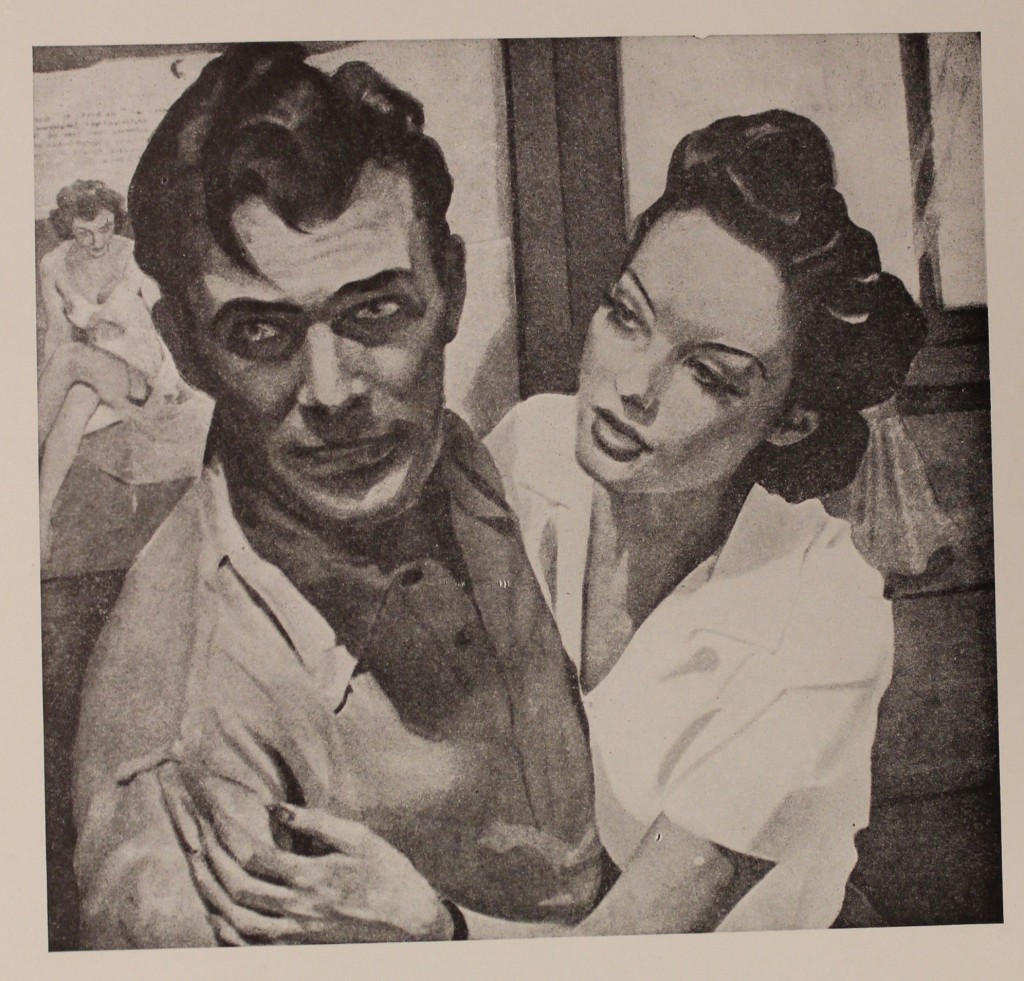
FIGURE 1
Olson’s essay, and its deployment of projection and the projective appears at first to have little in common with Murray’s projective psychological test. The TAT was co-developed with Christiana D. Morgan in the 1930s and was founded on the psychoanalytic mechanism of projection, whereby a subject expels thoughts or wishes that are too unpleasant or uncomfortable to recognize in themself into or onto another object. The projective psychological test utilizes this movement from the unreadable, interior space of the unconscious to an exterior object, by asking the participant to interpret an unstructured stimulus, like a suggestive image or single word. The TAT was designed to “stimulate literary creativity” and “creative imagination” and asked participants to respond to a series of painted cards, usually depicting one or more persons in an ambiguous setting. [9] While I was in America I was also able to visit the Murray archive at Harvard University to examine the wide range of TAT images that were designed and used by Murray and his team. Here is a fairly typical card depicting a young couple [see Figure 1], which the participant would be asked to narrate with the following prompts: “What is the relation of the individuals in the picture? What happened to them? What are their present thoughts and feelings? What will be the outcome?” [10]
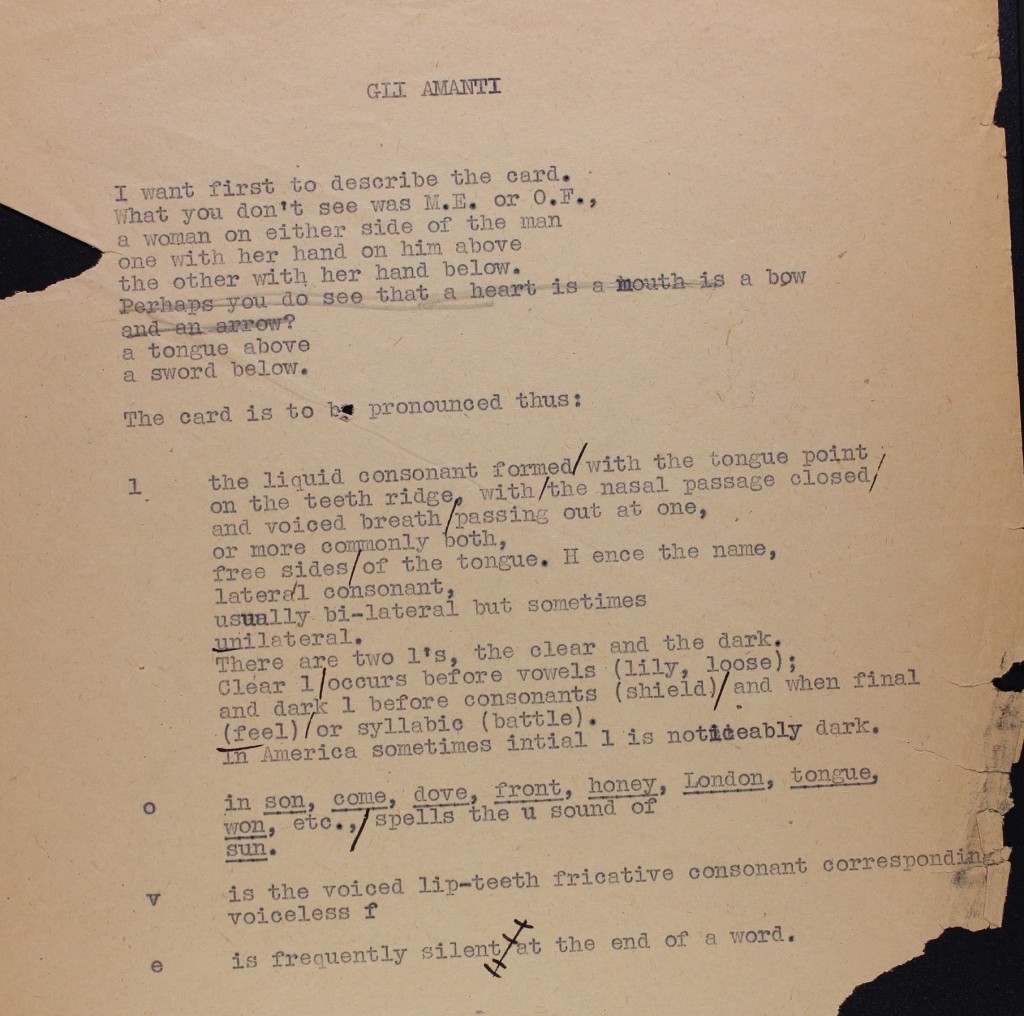
FIGURE 2
Olson participated in the test in 1950 along with twenty-eight other poets and writers, including William Carlos Williams, Marianne Moore and Robert Lowell. The test was administered by Murray’s student, Robert N. Wilson as part of his PhD thesis, “The American Poet: A Role Investigation,” and Wilson continued to work on the relationship between the poet and projection. Olson appears to have written about the test in an unpublished poem, “Gli Amanti,” which the Thomas J. Dodd Centre has in four annotated drafts. Here is the first draft [see Figure 2]:
The Olson-Murray correspondence in the Charles Olson Research Collection not only helps us to begin to understand the ways in which Olson and Murray’s concurrent uses of projection and the projective might be related. It also reveals the ways in which Olson extended this understanding to his own poetry, chiefly, The Maximus Poems 1-10 (published in 1953 while Olson was still at Black Mountain College), and Olson’s teaching practices at Black Mountain College, including his interdisciplinary writing courses, which ran sporadically from 1948 to 1956. Despite the correspondence beginning over their shared academic interests and Cambridge circles, it is clear that they developed a close friendship, and at times the exchanges are intensely personal. In this particular note from 1951, Olson announces the birth of his daughter [see Figure 3].
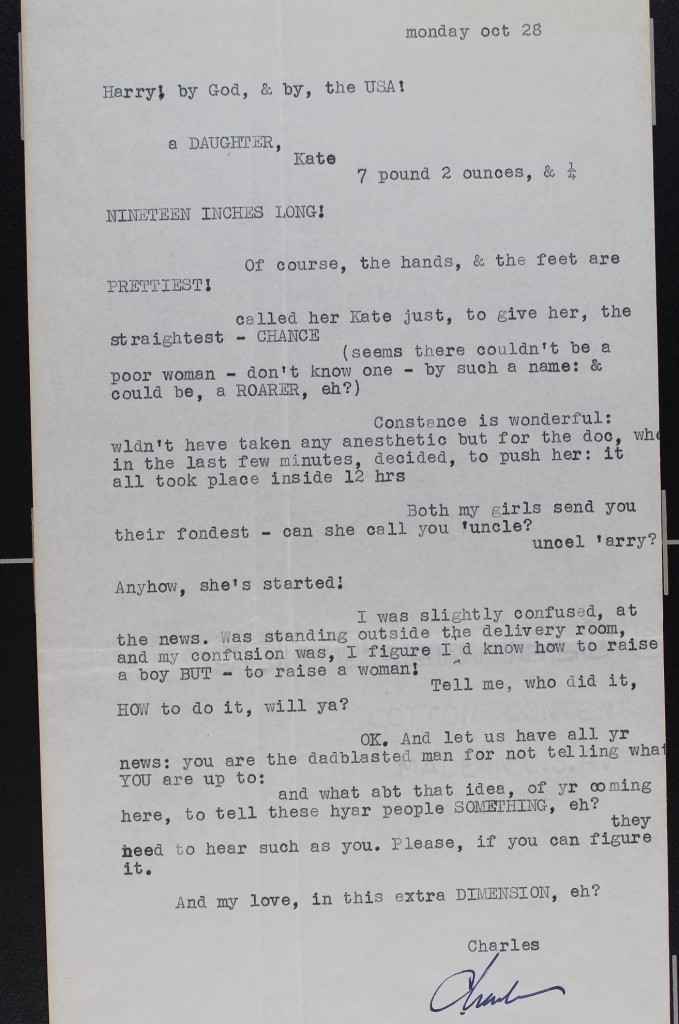
FIGURE 3
Alongside the correspondence I also had a chance to look at Olson’s journals and notebooks, in which he kept meticulous notes of his dreams and his own lay analysis to use in his poetry, Olson’s personal library, and most significantly his various materials related to Black Mountain College. These are especially useful to my thesis and, combined with research completed last year in the Black Mountain College archive at Western Regional, are slowly beginning to build a bigger picture of the life of the college. Though the Olson-Murray letters make up just a fraction of the research collection, these small discoveries are enormously rewarding, and I would highly recommend making use of this rich collection.
– Lucy Burns
References
[1] Tom Clark, Charles Olson: The Allegory of a Poet’s Life (Berkeley: North Atlantic Books, 2000), 44; 122; 135.
[2] Forrest G. Robinson, Love’s story told: a life of Henry A. Murray (Cambridge, MA: Harvard University Press, 1992) 315; 334.
[3] George F. Butterick, “Charles Olson and the Postmodern Advance,” The Iowa Review 11 (4) (1980): 4, http://ir.uiowa.edu/iowareview/vol11/iss4/3.
[4] Mark McGurl, The Program Era: Postwar Fiction and the Rise of Creative Writing (Massachusetts: Harvard University Press, 2009).
[5] Charles Olson, letter to Henry A. Murray (October 10, 1948); Box 194, Folder 13 (Series II: Correspondence), Charles Olson Research Collection, Thomas J. Dodd Research Centre.
[6] This change in the life of the college is summarized by Martin Duberman: “Not until the fifties, with the advent of Charles Olson, Robert Creeley, Robert Duncan and the Black Mountain Review, was the emphasis to shift; then writing moved to the center and visual arts to the periphery.” Black Mountain: An Exploration in Community (New York: E. P. Dutton & Co., 1972), 228.
[7] Charles Olson, letter to Henry A. Murray (August 2, 1950); Box 194, Folder 14 (Series II: Correspondence), Charles Olson Research Collection, Thomas J. Dodd Research Center.
[8] Charles Olson, “Projective Verse,” in Selected Writings of Charles Olson, ed. Robert Creeley (New York: New Directions, 1967), 15; 16; 17.
[9] Henry A. Murray, Explorations in Personality: A Clinical and Experimental Study of Fifty Men of College Age (New York: Oxford University Press, 1938), xii-xiv.
[10] Murray, Explorations in Personality, 532.
Figures
(1) TAT image; Box 4, Folder 0 (Series: Research), HUGFP 97.43.2: Thematic Apperception Test Pictures and Other Papers, 1940-1960, The Papers of Henry A. Murray, Harvard University Archives.
(2) Charles Olson, letter to Henry A. Murray (October 28, 1951); Box 194, Folder 15 (Series II: Correspondence), Charles Olson Research Collection, Thomas J. Dodd Research Center.
(3) “Gli Amanti” (ca. 1950); Box 21, Folder 929 (Series I: Works), Charles Olson Research Collection, Thomas J. Dodd Research Center.
Bibliography
Butterick, George F. 1978. A Guide to the Maximus Poems of Charles Olson. Berkeley: University of California Press.
Butterick, George F. 1980. “Charles Olson and the Postmodern Advance,” The Iowa Review 11 (4): 3-27. http://ir.uiowa.edu/iowareview/vol11/iss4/3.
Clark, Tom. 2000. Charles Olson: The Allegory of a Poet’s Life. Berkeley: North Atlantic Books.
Duberman, Martin. 1972. Black Mountain: An Exploration in Community. New York: E. P. Dutton & Co.
McGurl, Mark. 2009. The Program Era: Postwar Fiction and the Rise of Creative Writing. Massachusetts: Harvard University Press.
Melville, Herman. 1949. Pierre; or, The Ambiguities. Edited by Henry A. Murray. New York: Hendricks House, Inc.
Murray, Henry A. 1938. Explorations in Personality: A Clinical and Experimental Study of Fifty Men of College Age. New York: Oxford University Press.
Olson, Charles. 1966. Call Me Ishmael. San Francisco, California: City Lights Books.
Olson, Charles. 1967. Selected Writings of Charles Olson. Edited Robert Creeley. New York: New Directions.
Olson, Charles. 1983. The Maximus Poems. Berkeley: University of California Press.
Robinson, Forrest G. 1992. Love’s story told: a life of Henry A. Murray. Cambridge, MA: Harvard University Press.
Wilson, Robert N. 1990. The American Poet: A Role Investigation. New York: Garland Publishing.
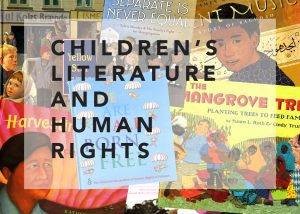 Join us for the presentation of the 2016 Raab Associates Prize and a discussion of Human Rights, Children’s Literature, and the Art of Youth Activism featuring Professor Jonathan Todres, Author of Human Rights in Children’s Liteature: Imagination and the Narrative of Law (Oxford University Press, 2016), Pegi Deitz Shea, author of numerous books for young people including Abe in Arms (PM Press, 2010) and The Carpet Boy’s Gift (Tilbury House, 2003), and Reven Smith Spoken word poet, musician, writer, social activist, and UConn student.
Join us for the presentation of the 2016 Raab Associates Prize and a discussion of Human Rights, Children’s Literature, and the Art of Youth Activism featuring Professor Jonathan Todres, Author of Human Rights in Children’s Liteature: Imagination and the Narrative of Law (Oxford University Press, 2016), Pegi Deitz Shea, author of numerous books for young people including Abe in Arms (PM Press, 2010) and The Carpet Boy’s Gift (Tilbury House, 2003), and Reven Smith Spoken word poet, musician, writer, social activist, and UConn student.

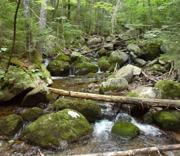
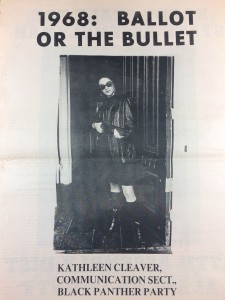
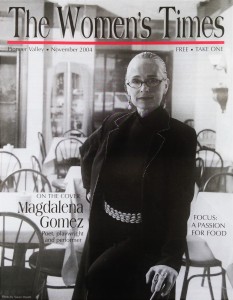
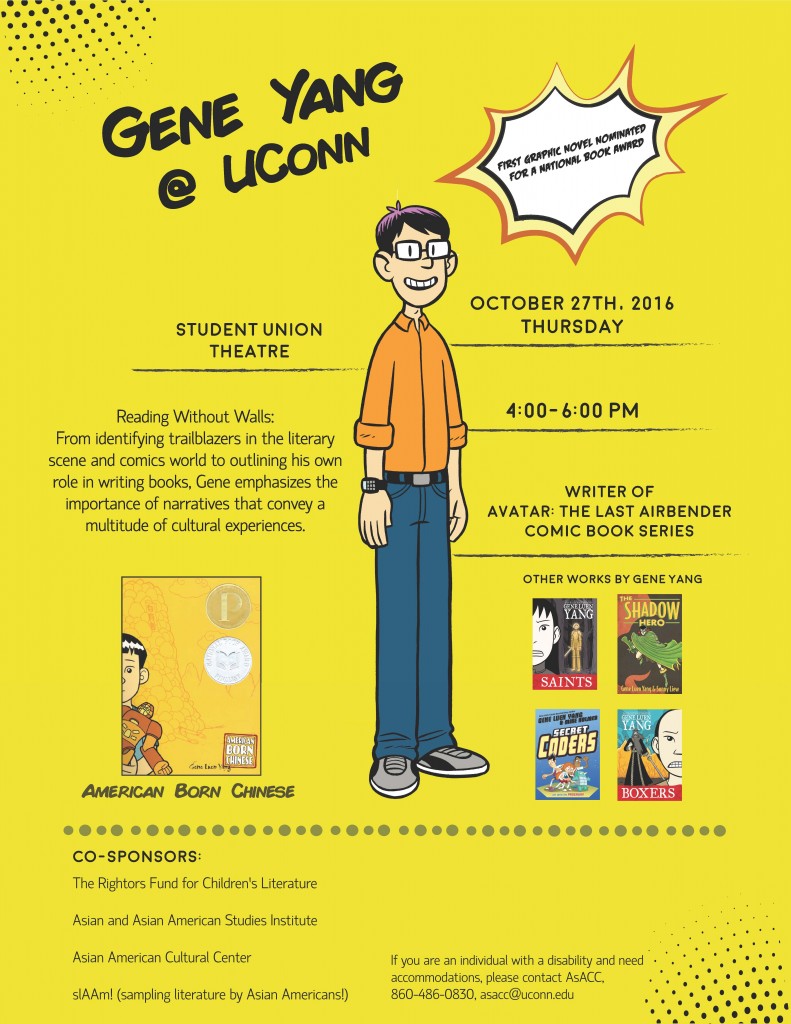
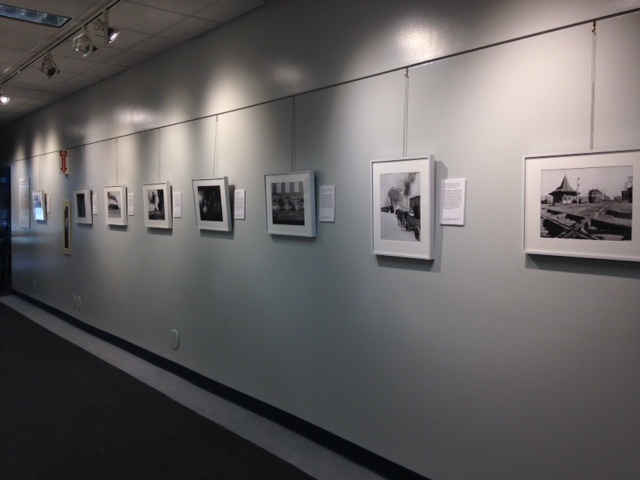
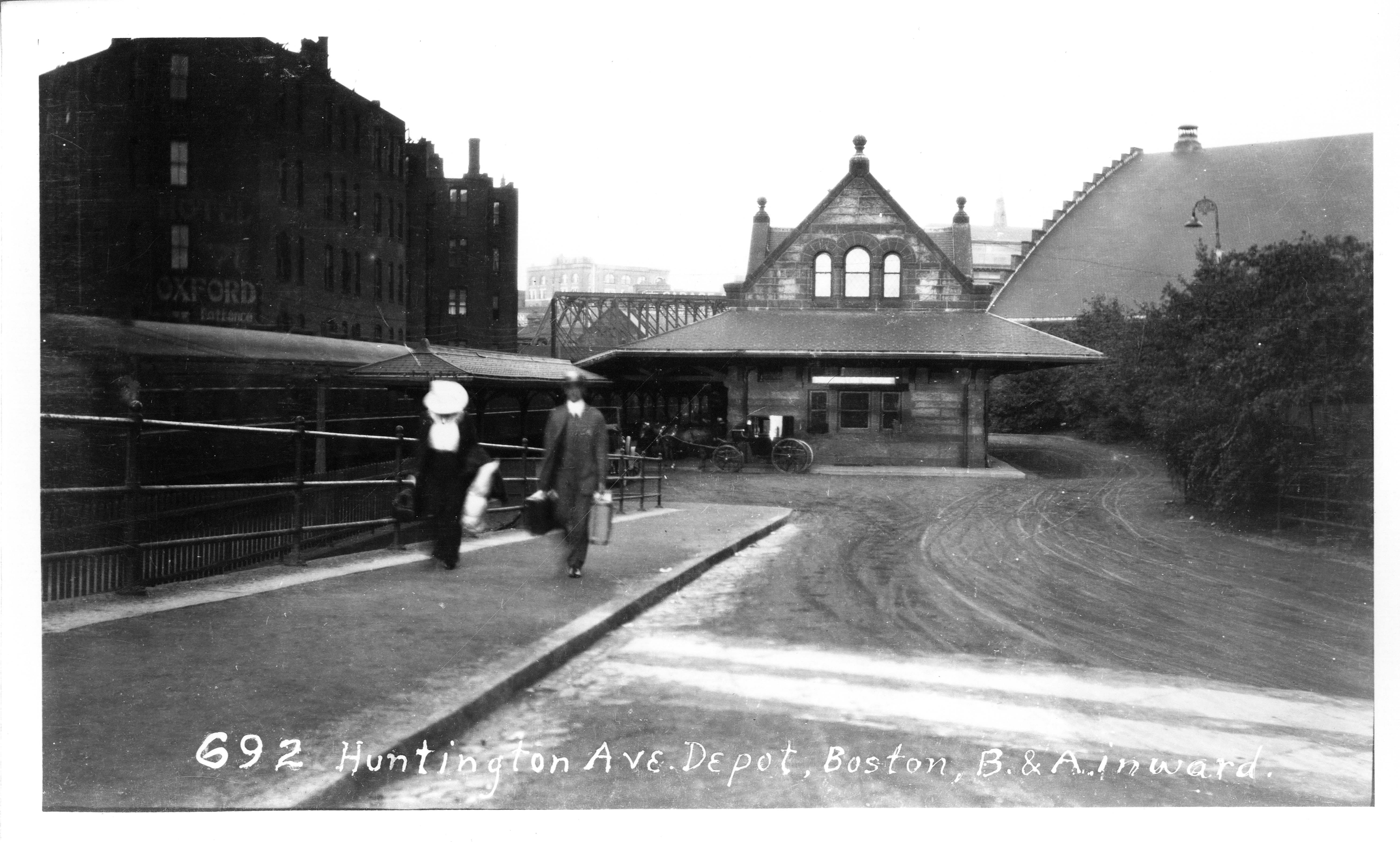
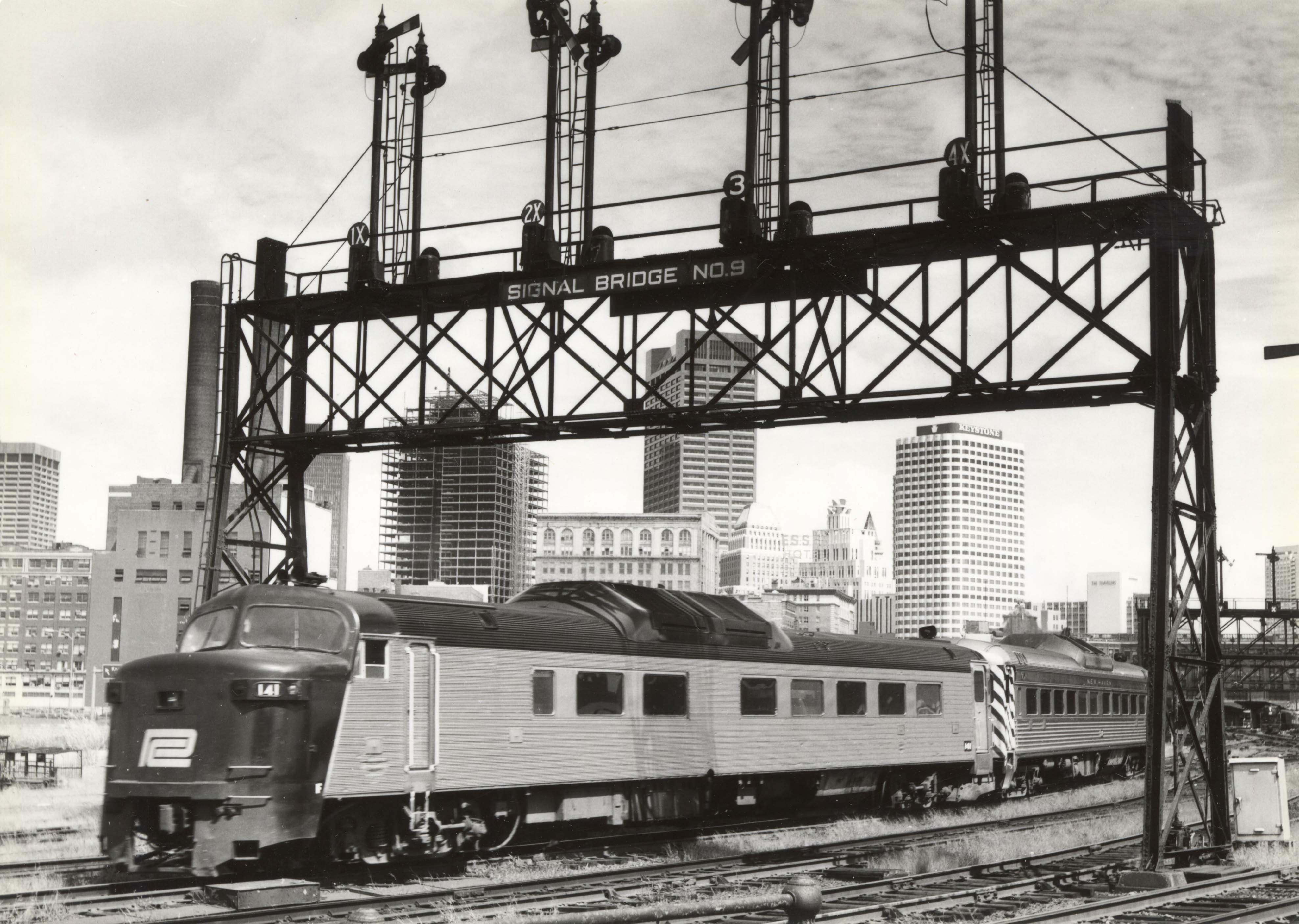
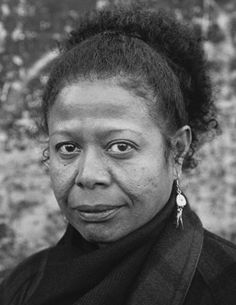
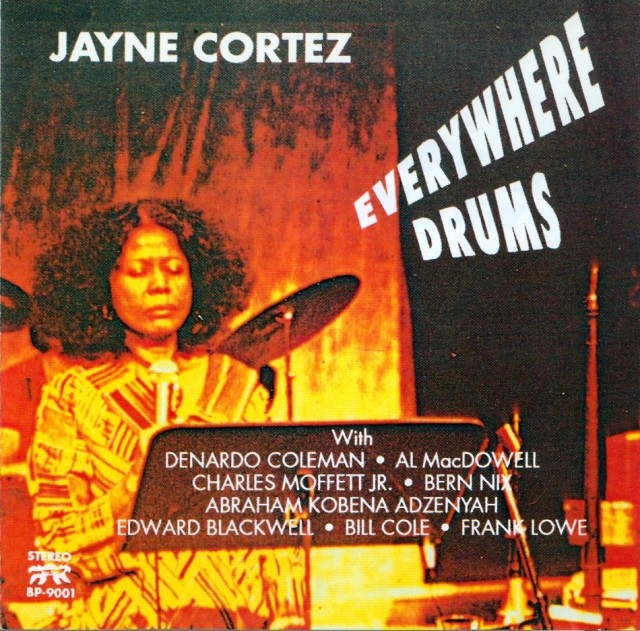
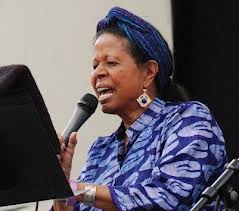
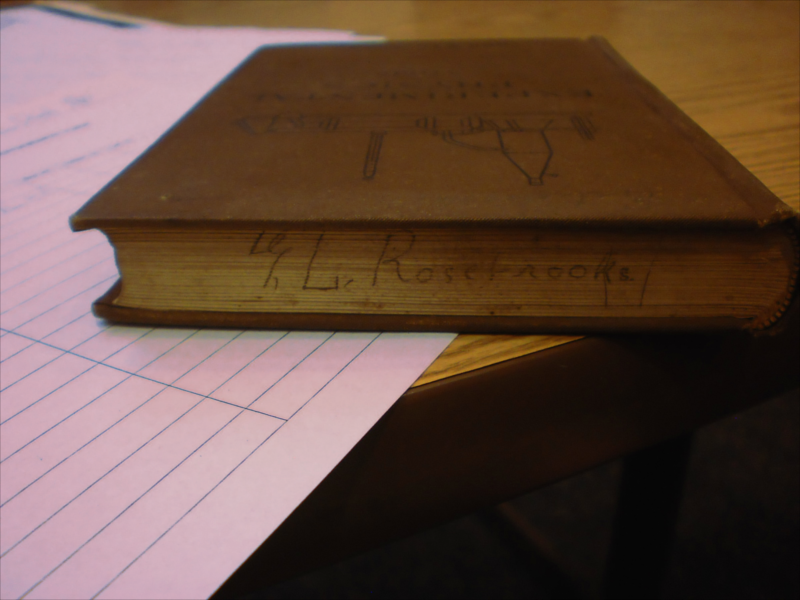
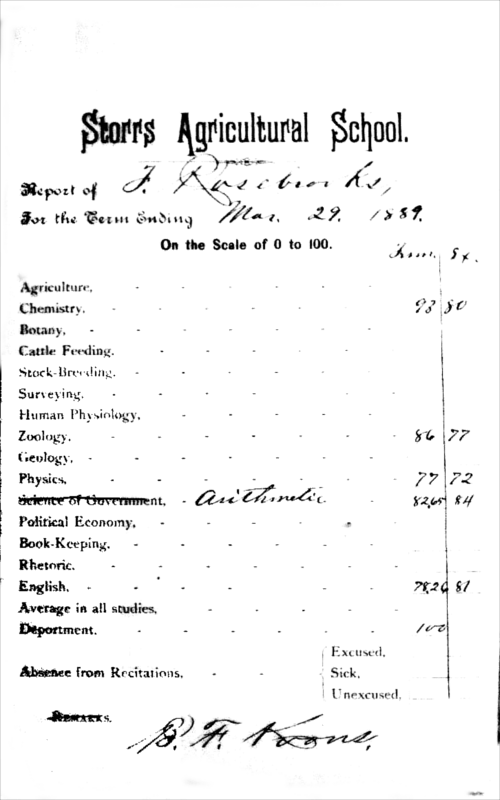
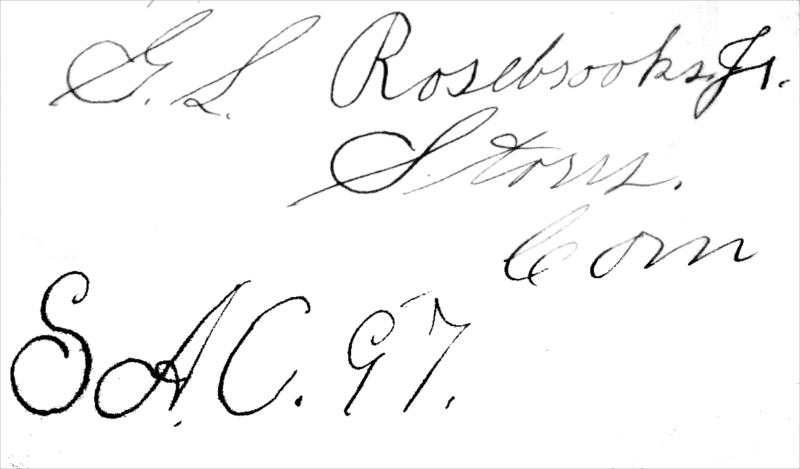
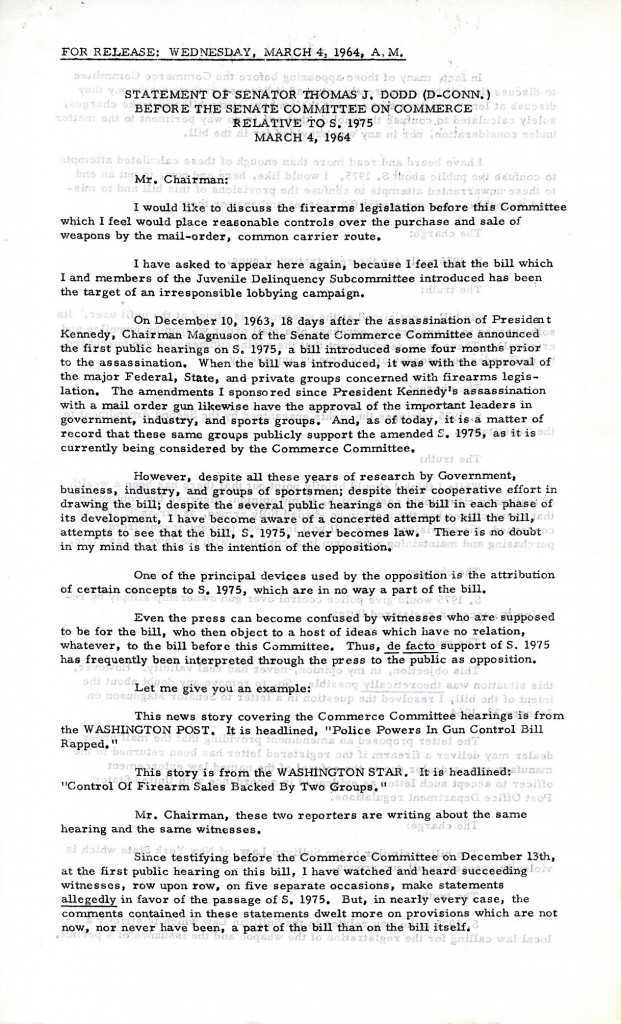
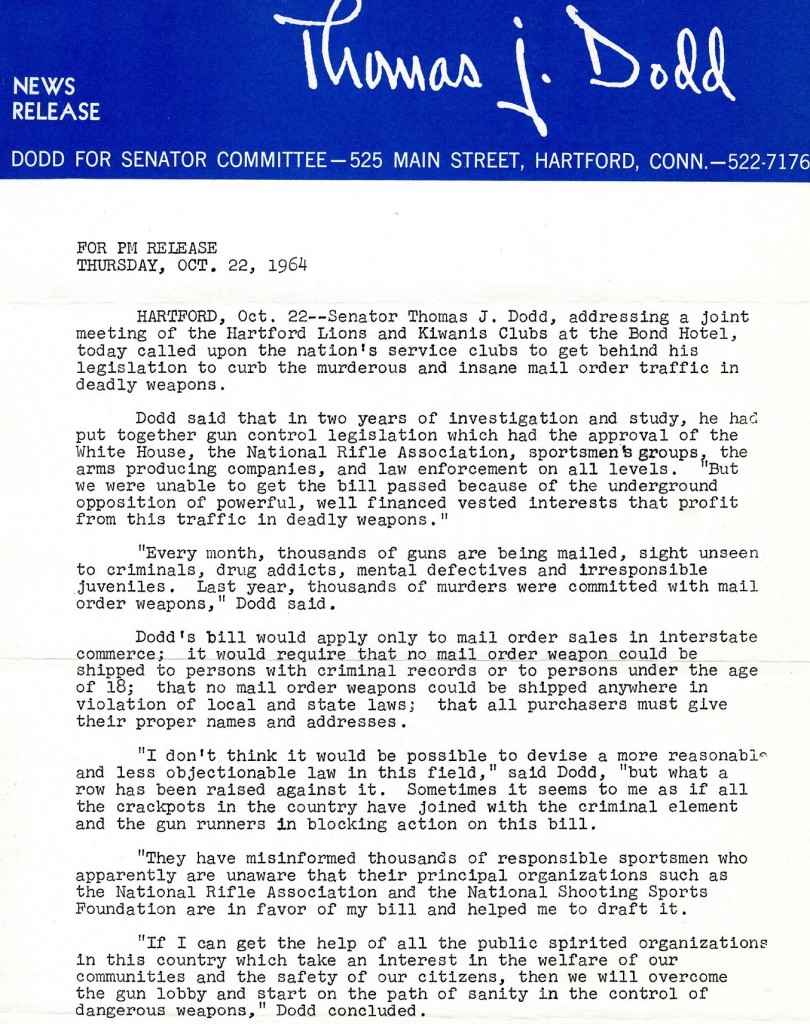
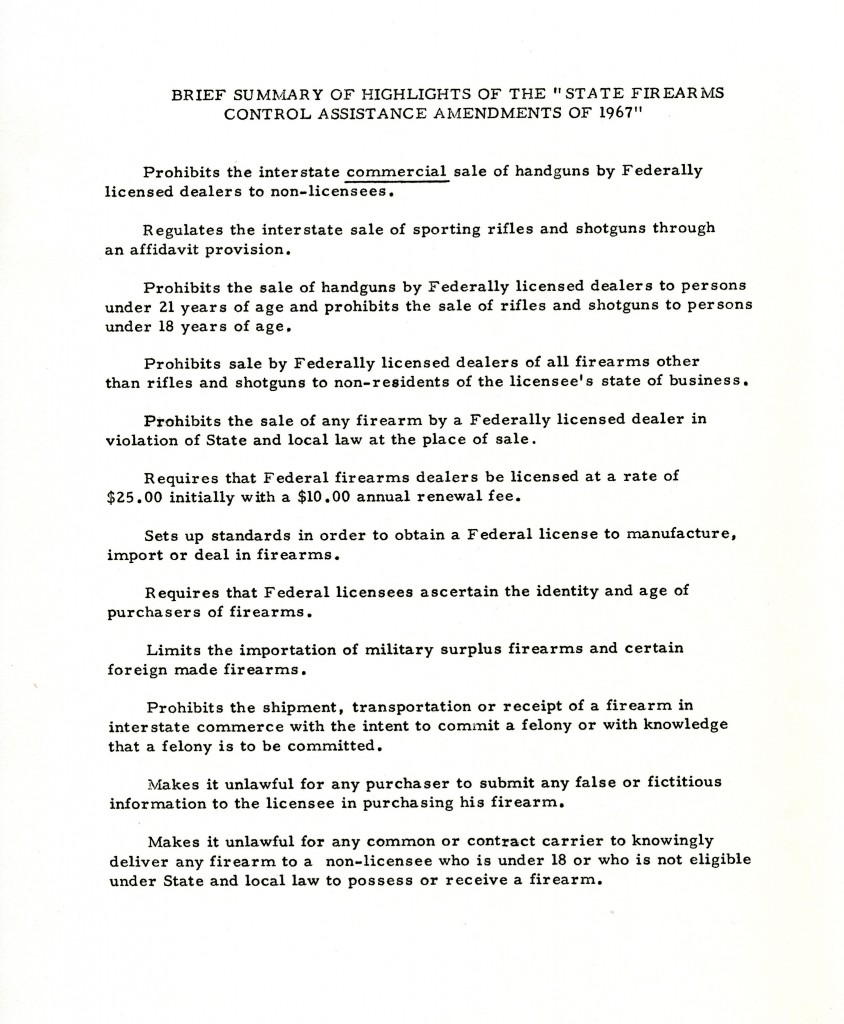 Kennedy.
Kennedy.